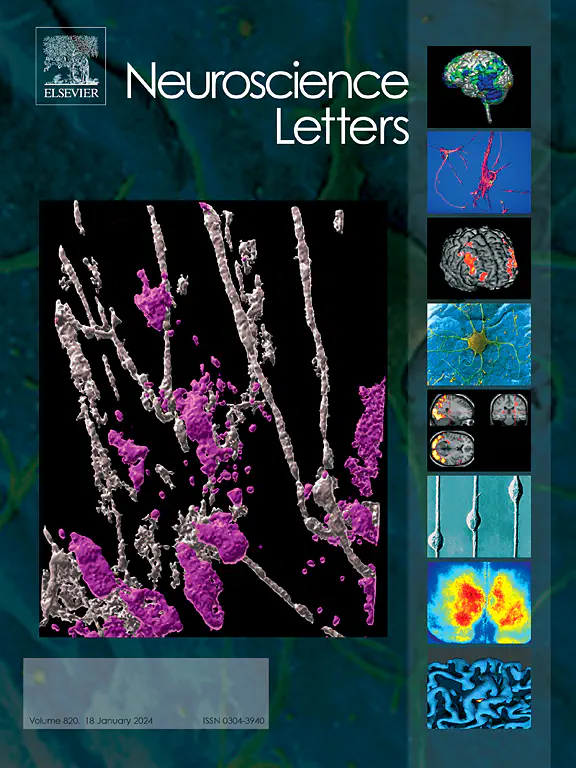Leveraging a virtual alley with continuously varying width modulates step width variability during self-paced treadmill walking

Abstract
Increased fall risk in older adults and clinical populations is linked with increased amount and altered temporal structure of step width variability. One approach to rehabilitation seeks to reduce fall risk in older adults by reducing the amount of step width variability and restoring the temporal structure characteristic of healthy young adults. The success of such a program depends on our ability to modulate step width variability effectively. To this end, we investigated how manipulation of the visual walking space in a virtual environment could modulate the amount and temporal structure of step width variability. Nine healthy adults performed self-paced treadmill walking in a virtual alley in a fixed-width Control condition (1.91 m) and two conditions in which the alley’s width oscillated sinusoidally at 0.03 Hz: between 0.38 and 1.14 m and 0.38–2.67 m in Narrow and Wide conditions, respectively. The step width time series from each condition was evaluated using: (i) the standard deviation to identify changes in the amount of variability and (ii) the fractal scaling exponent estimated using detrended fluctuation analysis (DFA) to identify changes in the temporal structure of variability in terms of persistence in fluctuations. The Wide condition neither affected the standard deviation nor the fractal scaling exponent of step width time series. The Narrow condition did not affect the standard deviation of step width time series compared to the Control condition but significantly increased its fractal scaling exponent compared to the Control and Wide conditions, suggestive of more persistent fluctuations characteristic of a healthy gait. These results show that virtual reality based rehabilitative intervention can modulate step width variability to potentially reduce fall risk in older adults and clinical populations.